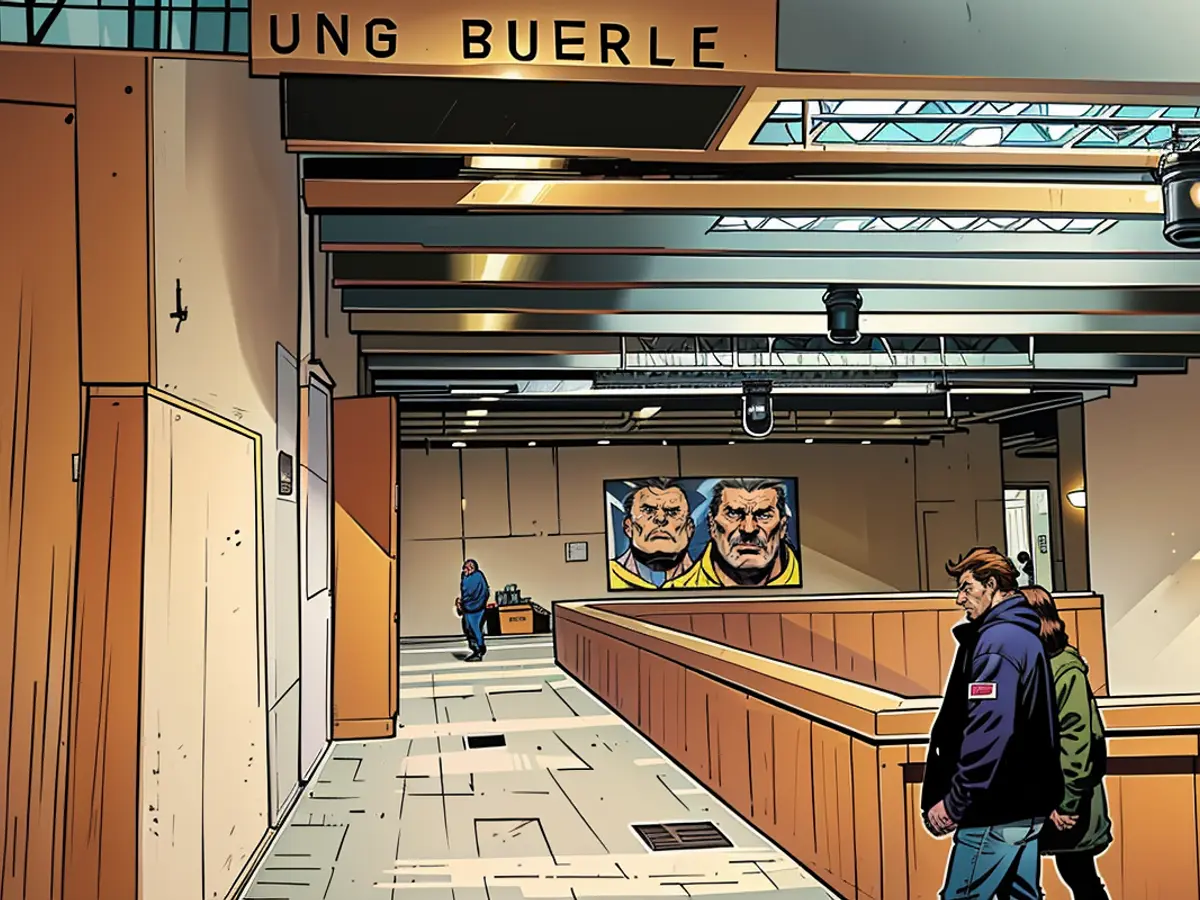Kunsthaus Zurich withdraws disputed artworks from display.
The Zurich Art Museum recently displayed six artworks from the Bührle Collection, a decision made by the Sammlung E.G. Bührle foundation last week. These artworks belong to Jewish collectors, as stated by the foundation, which seeks a fair and just resolution for artworks presumed to have been unlawfully acquired during the Nazi persecution.
Some of the displayed artists include Claude Monet, Henri de Toulouse-Lautrec, and Vincent van Gogh. This action follows new guidelines published by the US State Department in March, addressing artworks forced to be sold by Jews due to Nazi persecution during World War II.
Last week, the Museum also announced the sale of another Claude Monet artwork from its collection, which was compelledly sold by a Jewish owner during the Nazi persecution. The sale proceeds will be shared between the Museum and the heirs of the former owner.
Since 2021, there's been pressure on the Museum to scrutinize the origin of all artworks and the circumstances of their purchase. This initiation came from the controversial collection of former arms manufacturer Emil Bührle, which made its debut at the Museum in 2021.
Bührle, who lived from1890-1956, had ties with the Nazis and allegedly procured artworks that once belonged to Jews. Though he paid for them, concerns exist about whether he bought them at market prices. An independent expert, Raphael Gross, will present a report on the provenance research of the Bührle Collection next week (28th June). The report will discuss the origin of the artworks and the circumstances surrounding their purchase, assessing whether they were adequately documented.
Read also:
The Zurich Art Museum is actively seeking a solution to address the disputed artworks from the Bührle Collection, which were recently on display at the Art house. The independent expert, Raphael Gross, will present his report next week, discussing the origin of these artworks and the circumstances surrounding their purchase. The goal is to ensure a fair and just resolution, as the works were presumed to have been unlawfully acquired during the Nazi persecution.








